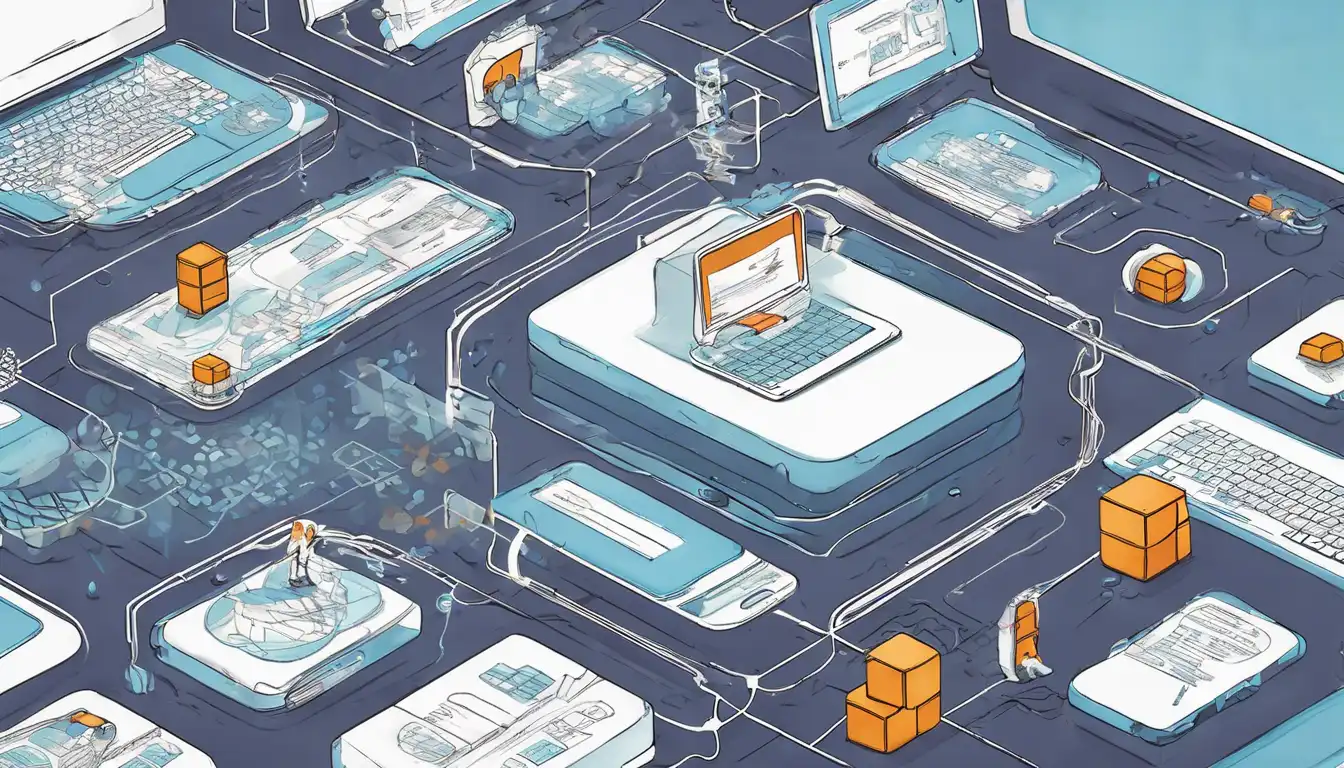What is Blockchain?
Blockchain technology is a digital ledger that records transactions across many computers so that the record cannot be altered retroactively without the alteration of all subsequent blocks and the consensus of the network. This makes blockchain a secure and trustworthy way to conduct transactions without the need for a central authority.
How Does Blockchain Work?
At its core, blockchain is a chain of blocks, where each block contains a number of transactions. Every time a new transaction occurs on the blockchain, a record of that transaction is added to every participant's ledger. This decentralized database managed by multiple participants is known as Distributed Ledger Technology (DLT).
Key Features of Blockchain
- Decentralization: Unlike traditional ledgers or databases controlled by a central authority, blockchain is decentralized and distributed across a network of computers.
- Transparency: All transactions are visible to anyone within the network, ensuring transparency.
- Immutability: Once a transaction is recorded on the blockchain, it cannot be altered or deleted, ensuring the integrity of the data.
- Security: Blockchain uses cryptographic techniques to secure data, making it highly resistant to fraud and hacking.
Applications of Blockchain
Blockchain technology is not just limited to cryptocurrencies like Bitcoin. It has a wide range of applications across various industries including finance, healthcare, supply chain, and more. For instance, in the finance sector, blockchain can be used for secure and instant cross-border payments. In healthcare, it can help in securely storing patient records.
Blockchain in Cryptocurrency
The most well-known application of blockchain is in the creation and management of cryptocurrencies. Bitcoin, the first cryptocurrency, was created as a decentralized digital currency that operates without a central bank or single administrator.
Blockchain Beyond Cryptocurrency
Beyond cryptocurrencies, blockchain technology is being explored for use in voting systems, supply chain management, and even in creating decentralized applications (DApps) that run on a peer-to-peer network.
Getting Started with Blockchain
For beginners interested in blockchain, the first step is to understand the basics of how it works and its potential applications. There are many resources available online, including courses, tutorials, and forums where you can learn more about blockchain technology.
Another great way to get started is by experimenting with cryptocurrencies. Setting up a digital wallet and making a small transaction can give you a hands-on understanding of how blockchain transactions work.
Conclusion
Blockchain technology offers a secure, transparent, and decentralized way to record transactions and manage data. Its potential applications are vast and varied, making it an exciting area of technology to explore. Whether you're interested in cryptocurrencies or other applications of blockchain, understanding the basics is the first step towards leveraging this revolutionary technology.
